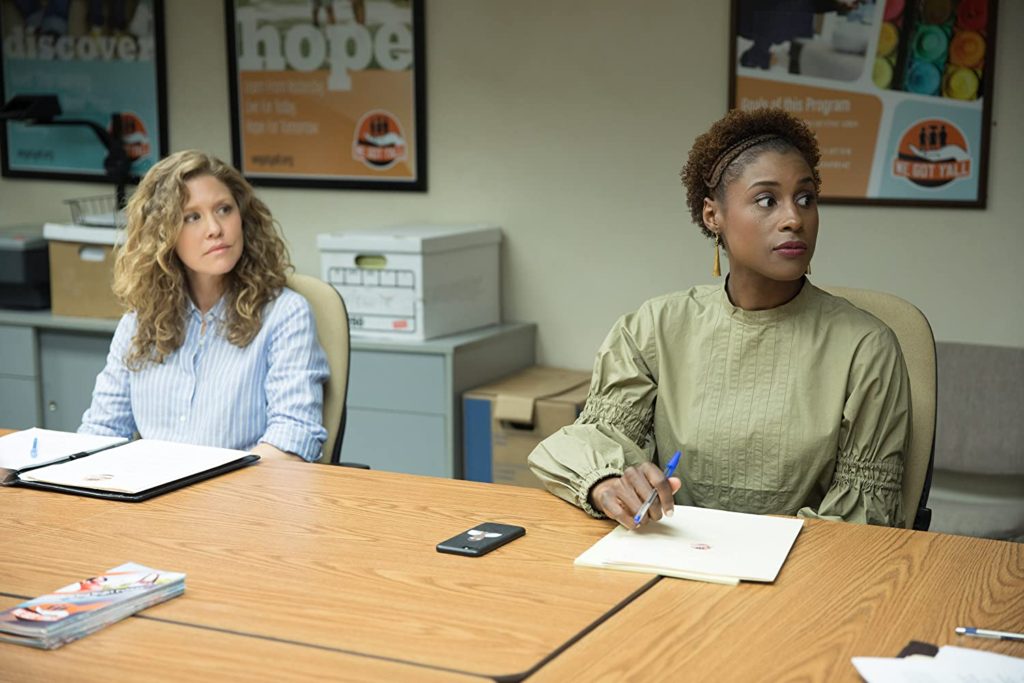The Think Tank for Inclusion and Equity (TTIE) has released its second “Behind-the-Scenes: The State of Inclusion and Equity in TV Writing” report. A survey of 333 working TV writers who identify as “underrepresented” — i.e. women/non-binary, people of color, LGBTQ+, and/or people with disabilities — the report traces “important measures of representation in staffing and the writers room, and digs deeper into last year’s findings and recommendations around TV development, as well as underrepresented TV writers experiencing bias, discrimination, and harassment.”
The survey was conducted online October 15-December 1, 2019. Among its most sobering conclusions is that 68.5 percent of underrepresented writers have encountered discrimination in the TV industry, more than twice the rate of overrepresented writers (30.8 percent). For the report’s purposes, “overrepresented” refers to those who do not identify as women/non-binary, people of color, LGBTQ+, or people with disabilities. About 31 percent of underrepresented writers have experienced sexual harassment, and 58 percent have faced other forms of harassment or bullying.
Many underrepresented writers in the TV field have also felt stalled in their careers. Underrepresented writers are about 25 percent less likely to sell a pitch or pilot as their overrepresented counterparts. Nearly half of underrepresented writers have had to repeat the entry-level role of staff writer at least once, and that number increases to 55 percent for people of color. Meanwhile, just 34.6 percent of overrepresented writers have have to repeat as staff writer. 27.6 percent of underrepresented writers have had to repeat other roles as they advanced through their careers.
About 19 percent of respondents reported that there were no underrepresented upper-level scribes in their last writers room; 45.2 percent said there was just one.
“I’ve been repeatedly told by people that it was easy to get staffed as a woman of color (not the case!), while witnessing similarly-qualified straight White male writers get staffed/further opportunities right out of film school,” one respondent revealed. “I had to work harder to prove myself with tangible wins and fellowships before I could be taken seriously.”
Sadly, but not surprisingly, TV writers don’t just personally encounter discrimination — prejudice and bias also often affect the series they are working on. Among the respondents, 39.4 percent have witnessed “erasure and/or stereotyping of underrepresented characters on their shows.” Meanwhile, 10.2 percent of respondents believe they were fired for pushing back on stereotypical characters or plotlines. Nearly 34 percent of underrepresented writers have been asked to change a character’s identify in order to make their project more marketable. Just 32.9 percent of underrepresented TV writers “are assured creative leadership and showrunner status on their own shows in development.”
“The reason [I was told I wasn’t coming back] was my voice didn’t fit the show,” a survey respondent recalled. “And yet, both of my scripts for the show were not rewritten by the showrunner.”
The survey and its findings suggest that serious work needs to be done if the TV writing field is to be an equitable environment. The report’s authors issued recommendations on how to mitigate discrimination and promote inclusion. Collecting, tracking, reviewing, and making transparent inclusion and equity data for every TV writers room is at the top of the list. Other guidelines include fully funding a reporting system for bias, discrimination, and harassment, and penalizing offenders; increasing the number of underrepresented folks in leadership roles, and providing a living wage to writers room support staff.
Read the full “Behind-the-Scenes: The State of Inclusion and Equity in TV Writing” report here.







